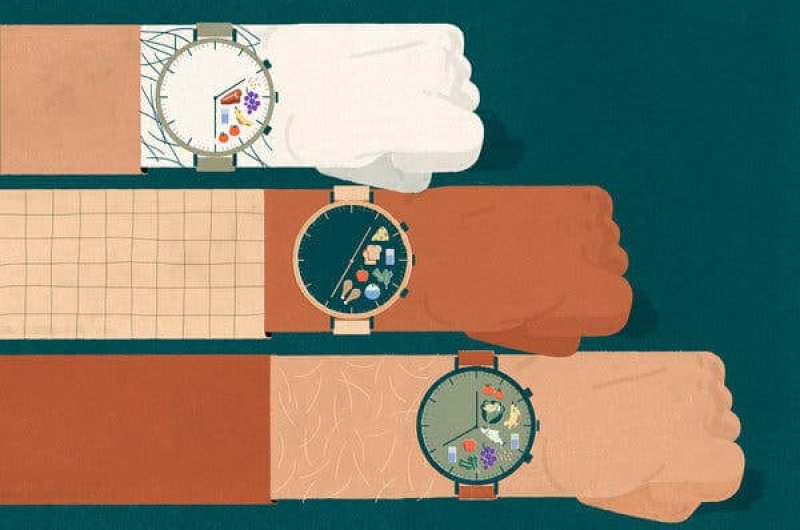IF comes in three main flavors: alternate-day fasting, when people alternate between feast days (eating normally or a little extra) and fast days with one meager meal of about 500 calories; the 5:2 plan, which means eating normally five days a week but only one scant meal the other two days; and time-restricted eating, when daily dining is confined to a window of eight hours (or, in some versions, six or 10 hours).
Scientists attribute many of the positive effects of IF to something called metabolic switching—after 10 or 12 hours of fasting, the body depletes its supply of glycogen (a stored form of glucose) and starts burning ketones (a fuel made from fat by the liver). This switch affects growth factors, immune signals and other chemicals. “But ketones are not the whole story,” [neuroscientist Mark] Mattson says. “These periods of fasting-eating-fasting-eating activate genes and signaling pathways that make neurons more resilient,” he says.
In the end, the only successful diets—whatever the goal—involve permanent changes in eating habits. IF can work well over the long haul for meal skippers and people who hate to count calories. But [nutrition professor Krista] Varady saw a high dropout rate in a yearlong study of alternate-day fasting and is skeptical of time-restriction windows that shut too early: “Nobody wants to skip dinner.”































